When it was first revealed Apple was working on an ultra-thin smartphone — unofficially dubbed either the "iPhone 17 Slim" or "iPhone 17 Air" as a holding name — there was an unpleasant sting in the tail. The Information, one of the first sites to break the news, added it could be the most expensive iPhone ever, even eclipsing the $1,199 of the iPhone 16 Pro Max.
Apple being Apple, this didn’t seem implausible, but as more details emerged about the handset, it began to feel a bit far-fetched. This was, after all, a phone expected to replace the $899 iPhone 16 Plus in the lineup — and one that would apparently only pack a single rear camera, compared to the Pro models’ three. How could it possibly cost so much?
Now, The Wall Street Journal seems to have a simple and entirely predictable answer: it won’t. In a piece that’s predominantly about Apple’s slow movement towards building its first foldable smartphone, there’s a clear, unambiguous couple of lines about the iPhone 17 Air.
“Starting next year, Apple plans to introduce an iPhone that will be thinner than the approximately 8-millimeter profile of current models, said people familiar with the company’s plans,” the piece reads. “The model is intended to be cheaper than Pro models, with a simplified camera system to reduce costs.”
Frankly, that makes a lot more sense. At the moment, the iPhone 16 Pro starts at $999, meaning that the iPhone 17 Air could price match the iPhone 16 Plus at $899. Alternatively — and entirely plausibly — all the prices could shift upwards in 2025, but even then it seems unlikely that the slim model would break the four-figure barrier (unless you want to up the storage, given that typically adds between $100 and $500 to the bill).
A lot more appealing
As readers may or may not know, in 2022 I abandoned Android for the first time in 13 years to purchase an iPhone 14 Pro. It’s still going strong today, and I have no plans to upgrade any time soon, but if something were to happen to it between now and September, then this puts the iPhone 17 Air firmly in the running to replace it.
With everything we know about the handset, that would objectively be a downgrade. But the truth is that recent developments have made me a lot more confident about the switch. Yes, there may only be one camera, but in truth, I rarely use the extra lenses of my current phone, and recent non-Pro models have been doing excellent work emulating a 2x zoom via pixel binning.
I wouldn’t even care if it got a slower chipset. Not only will it still be faster than my (by then) three-year-old A16 Bionic, but it’s not like the apps I use on a daily basis (Reddit, WhatsApp, Instagram, Gmail, Safari, Coffee Golf, etc.) really push the silicon hard.
In fact, the one thing that would stop me from downgrading is hotly tipped to be eliminated across the board next year, with all four models expected to get the ProMotion 120Hz screen. It sounds silly, but after years of using a high refresh rate panel, I don’t think I could deal with 60Hz — I hate seeing it whenever I have to engage power-saving mode, after all.
Maybe I’m not a representative consumer — probably not, in fact, given I spend a lot of time thinking about tech for a living! But if I am, then the iPhone 17 Air might finally be the elusive fourth model Apple has been looking for, after the (relative) failures of the mini and Plus handsets.
More from Tom's Guide
- Apple’s heading in the wrong direction with the iPhone 17 Air — here’s why
- I tried astrophotography on my iPhone 16 to shoot galaxies, nebulas, and star clusters — here's the results
- iPhone 17 could see the first iPhone price hike in almost a decade
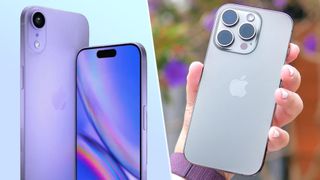
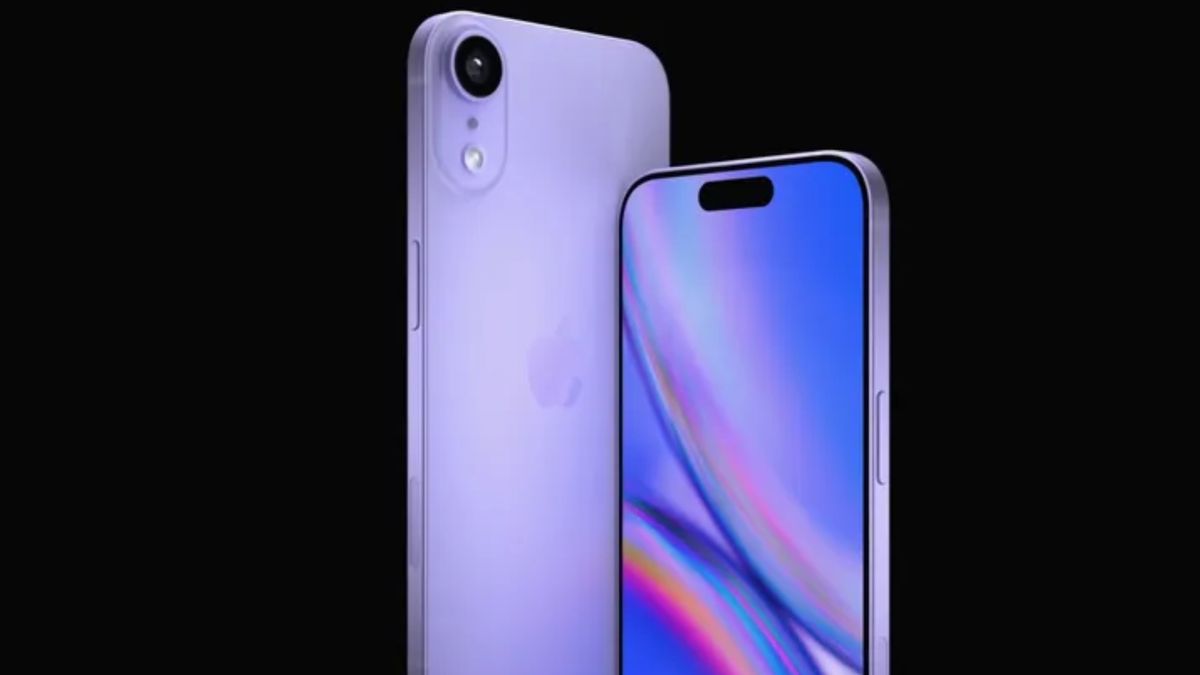
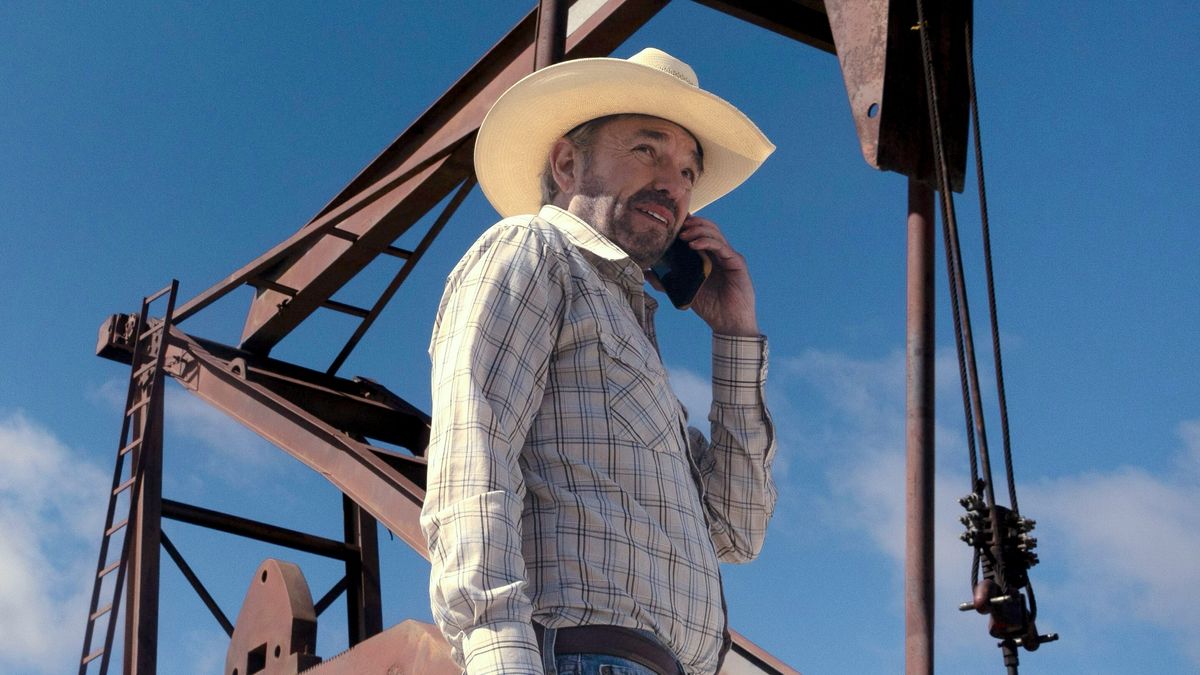
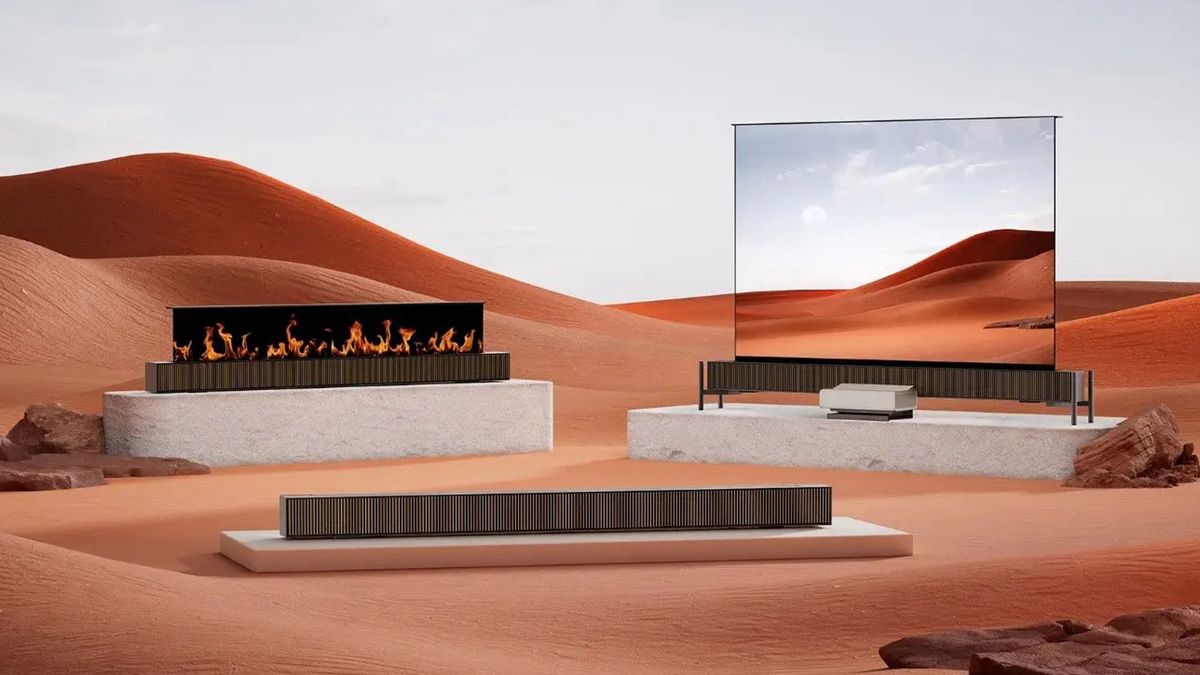
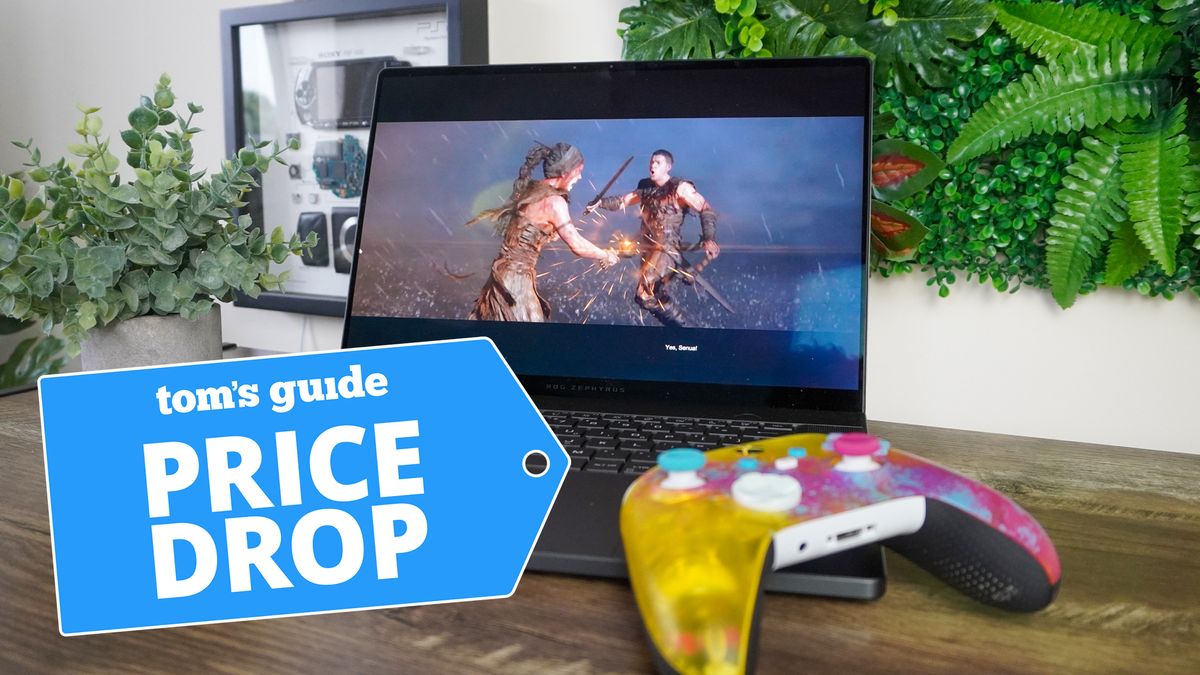
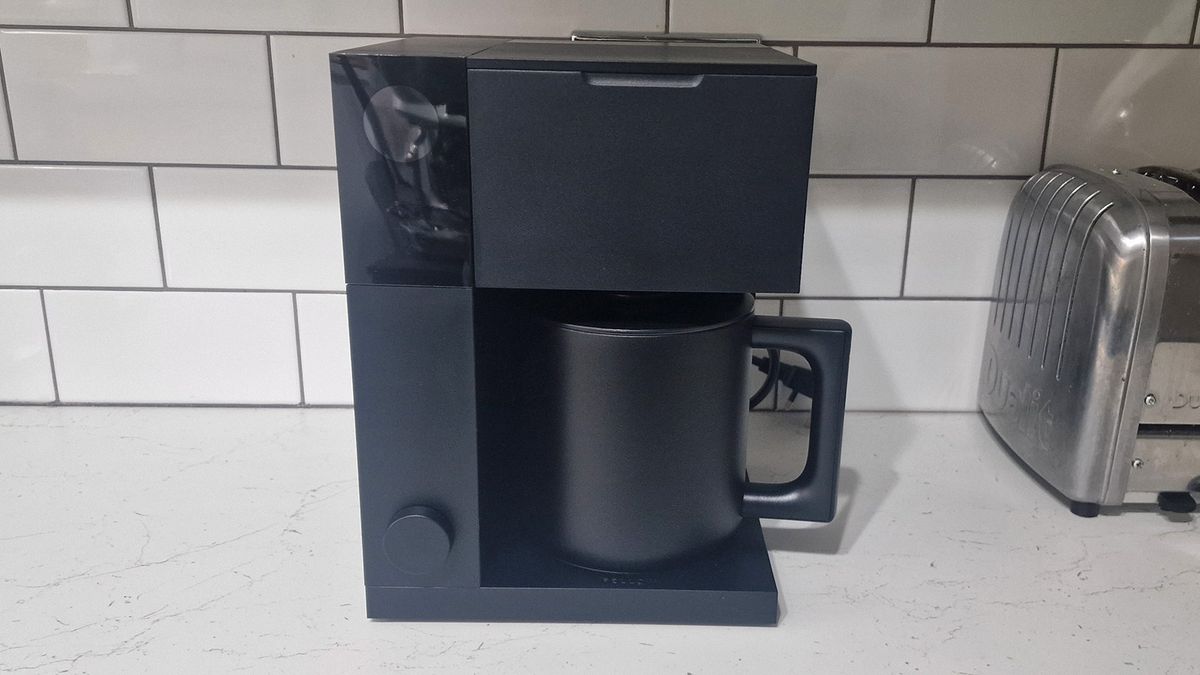


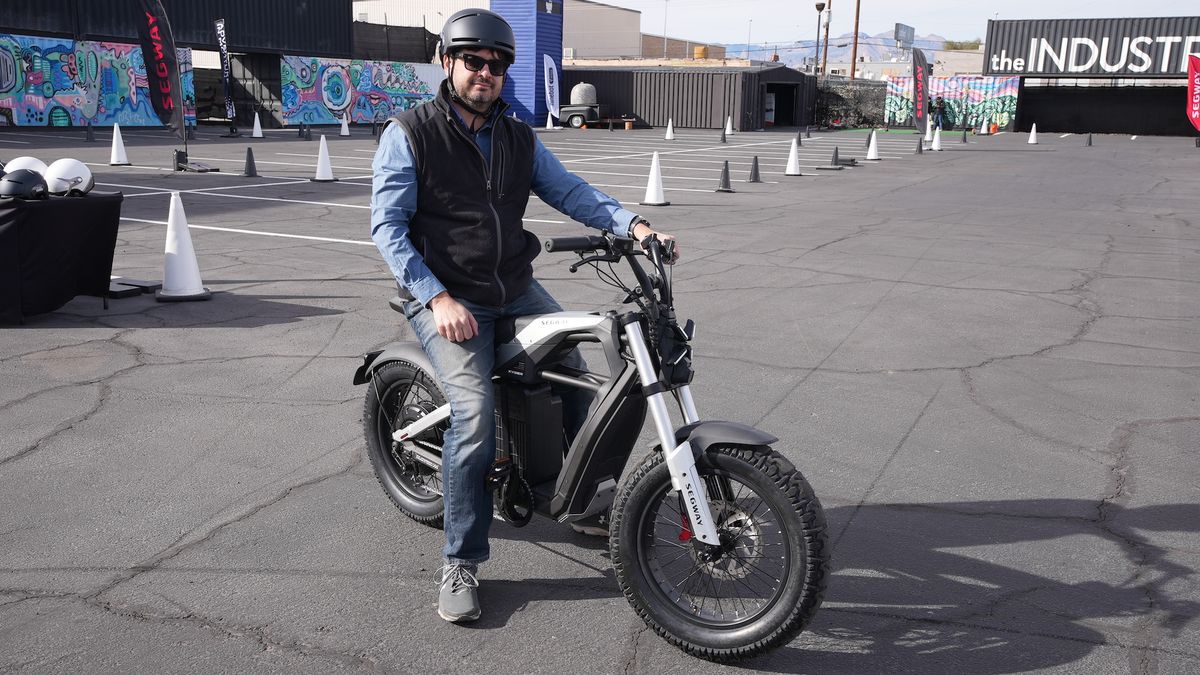


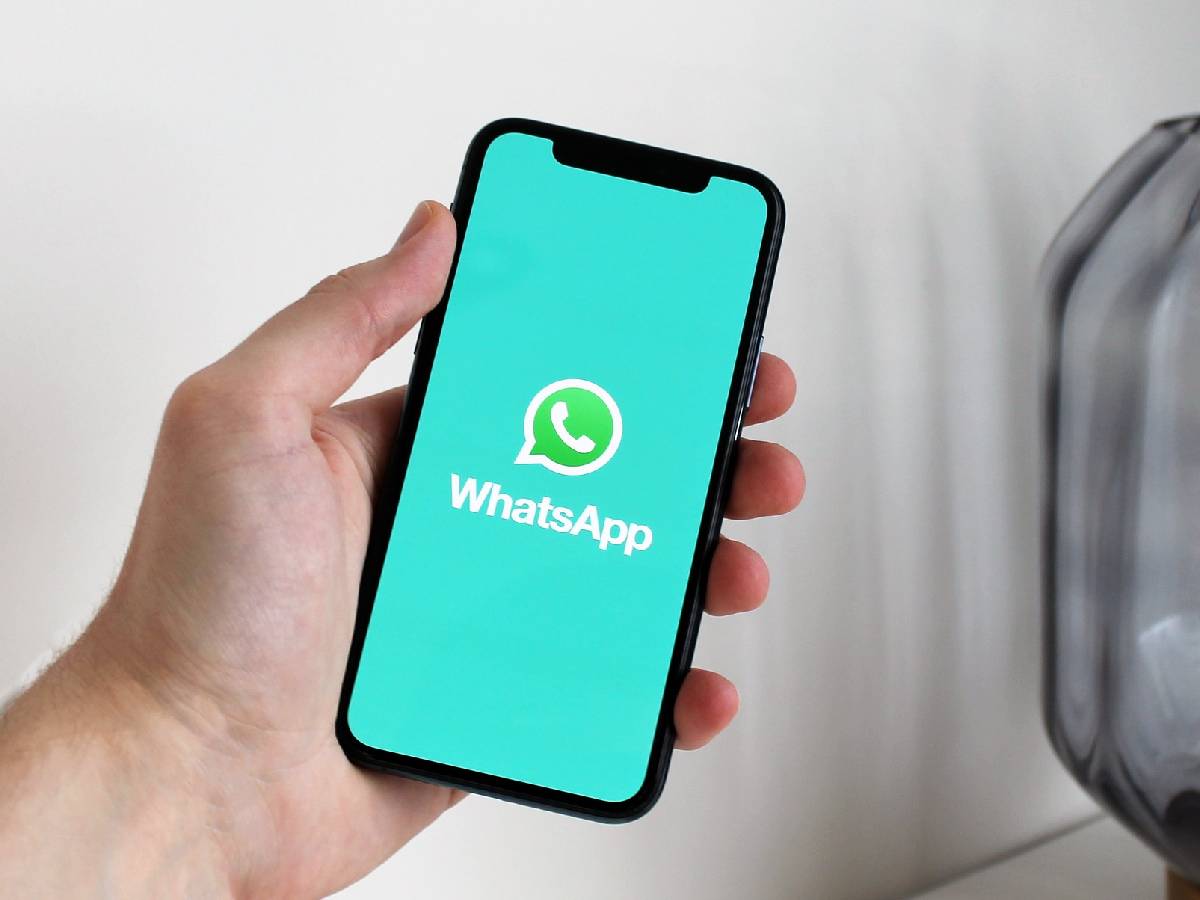









 English (US) ·
English (US) ·